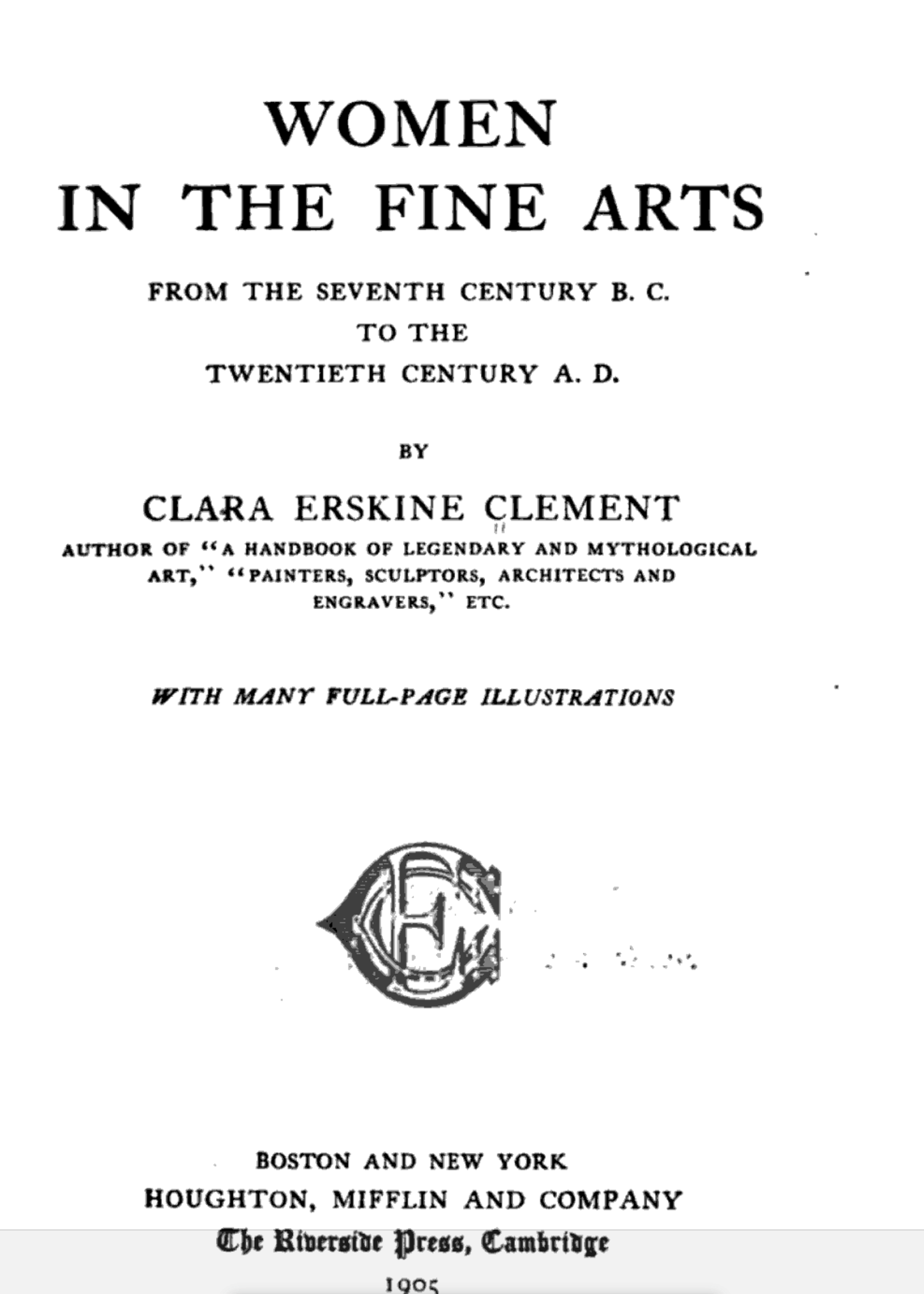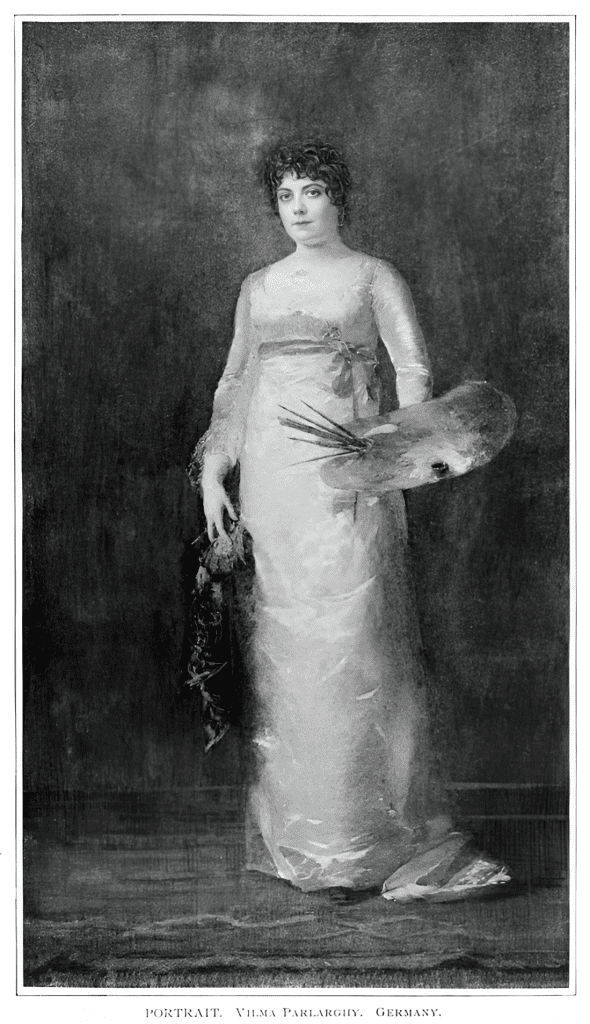Parlaghy, Vilma, or the Princess Lwoff. Great gold medal from the Emperor of Austria, 1890; great gold medal, 1894; small gold medal at Berlin, 1890, adjudged to her portrait of Windhorst. Born at Hadju-Dorogh in 1863, and studied in Budapest, Munich, Venice, Florence, and Turin. Her portraits having found great favor at the Court of Berlin, she removed her studio from Munich to that capital.
One of her instructors was Lenbach, and she is said by some critics to have appropriated his peculiarities as a colorist and his shortcomings in drawing, without attaining his geniality and power of divination. In 1891 her portrait of Count von Moltke, begun shortly before his death and finished afterward, was sent to the International Exposition at Berlin, but was rejected. The Emperor, however, bought it for his private collection, and at his request it was given a place of honor at the Exposition, the incident causing much comment. She exhibited a portrait of the Emperor William at Berlin in 1893, which Rosenberg called careless in drawing and modelling and inconceivable in its unrefreshing, dirty-gray color.
In January, 1895, she gave an exhibition of one hundred and four of her works, mostly portraits, including those of the Emperor, Caprivi, von Moltke, and Kossuth, which had previously been exhibited in Berlin, Munich, and Paris. The proceeds of this exhibition went to the building fund of the Emperor William Memorial Church.
Of a portrait exhibited in 1896, at Munich, a critic said that while it was not wholly bad, it was no better than what hundreds of others could do as well, and hundreds of others could do much better.
Link [external link icon]
